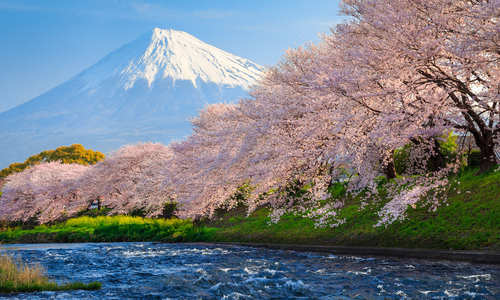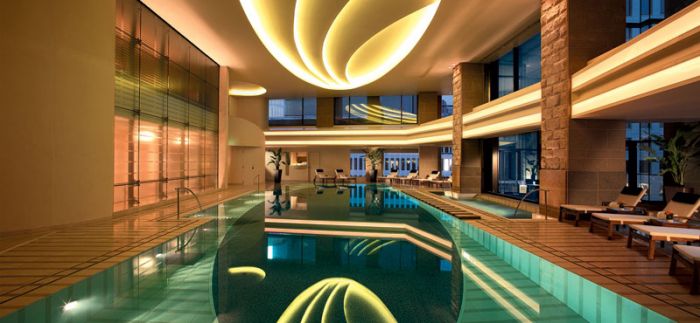Introduction
Japan's capital Tokyo is undoubtedly one of the world's great cities. Ever since Shogun Tokagawa established his government in Edo (later renamed Tokyo) to unify previously warring Samurai factions, the city has continued to flourish. Today Tokyo bustles with businessmen, kimono-clad women and fashionable teenagers, living among an explosion of neon nebulas, pulsating crowds and luxury boutiques. Dig below the surface, though, and you'll find the Japan of old: tranquil backstreets, wooden houses, neatly clipped bonsai, ancient temples and shrines.
Tokyo Imperial Palace
Tokyo's Imperial Palace is the spiritual heart of the city, home to Japan's revered Emperor. Although the palace is not accessible to the public, the surrounding gardens are full of interest, with many moats, pretty bridges and trees. Tickets for tours of the area around the palace itself can be booked in advance, but the gardens are open to all, free of charge. Within the gardens are remnants from Edo Castle, where samurai warriors lived from the 17th to 19th centuries. The museums are also worth a visit too. Of these, the Sannomaru-Shozu-kan (Museum of the Imperial Collections) and the National Museum of Modern Art are most notable.
Sensoji Temple
Sensoji is a Buddhist temple and Tokyo's living link to the Edo era. Also known as Asakusa Kannon Temple, it's Tokyo's oldest shrine. Legend has it that two brothers fished a statue of the Goddess of Mercy - Kannon - from the Sumida River, and despite returning it to the river several times, it always returned to them. Kaminarimon (Thunder Gate) opens to an ancient shopping street lined with stalls, leading to Hozoman Gate and the second tallest pagoda in Japan, while ahead lies the magnificent main hall with its sweeping gold roofs. Beside this visitors can be seen ‘bathing' in the smoke from an immense bronze incense burner, which is said to have healing properties.
Tokyo National Museum
If you only have time to visit one museum in Tokyo, make it this one. The Tokyo National Museum is the oldest and biggest in the country, housing the world's largest collection of Japanese art. Displays are rotated regularly, taken from 90,000 pieces that represent the full spectrum of Japanese art and craft, from theatrical costumes for Kabuki to elegant lacquerware and ukiyo-e woodblock prints.













